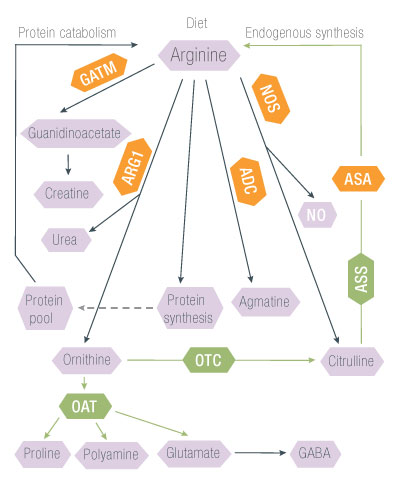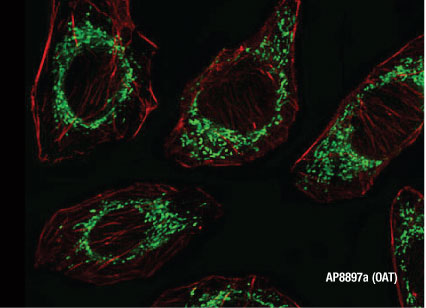Products labeled with a "crown" meet aggressive quality standards. Learn more.
Antibodies
Immunity Source (Host)
Application
Reactivity
Available staus
OAT ()



